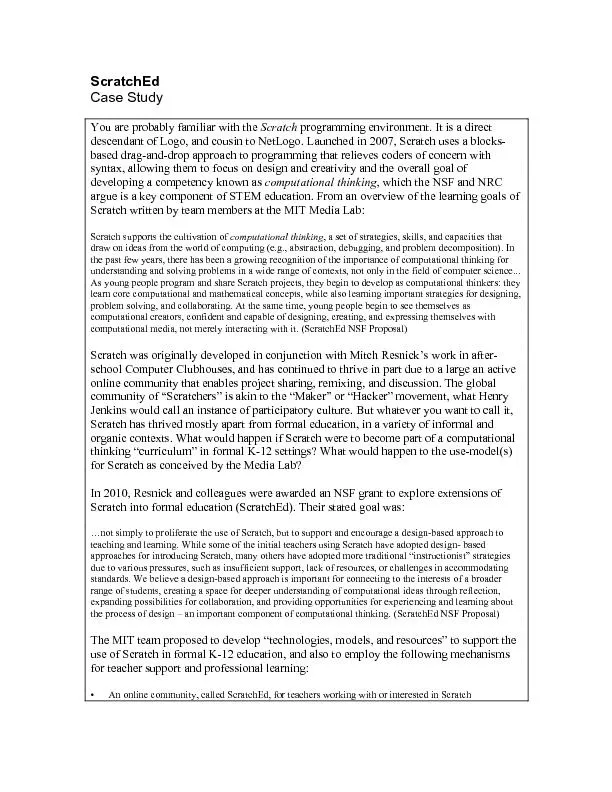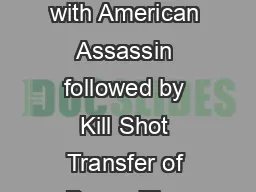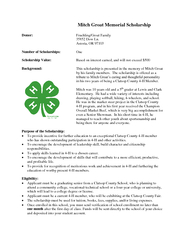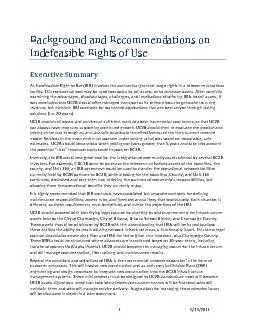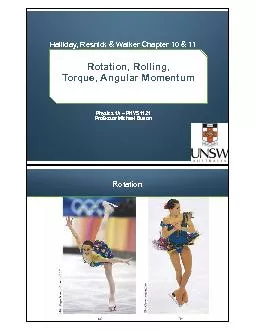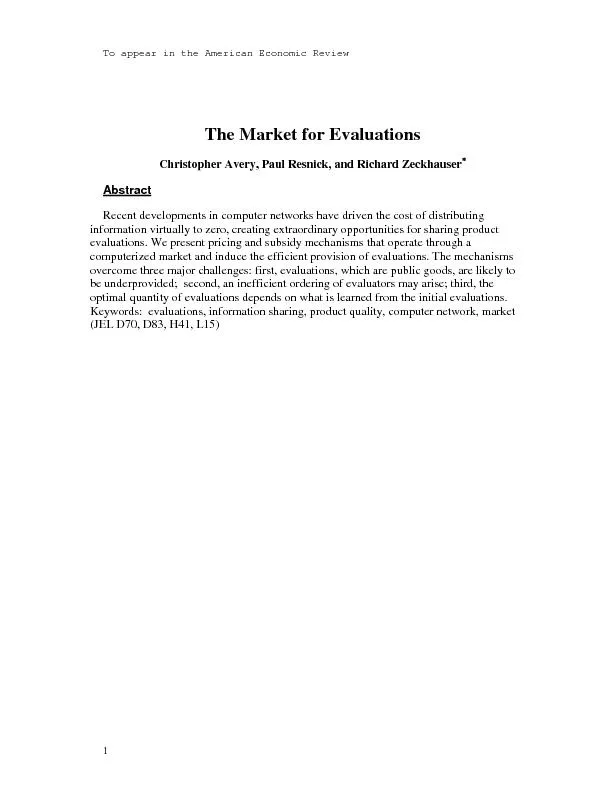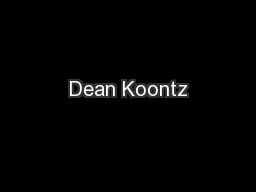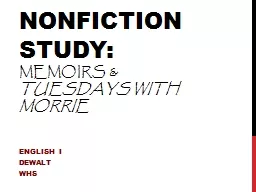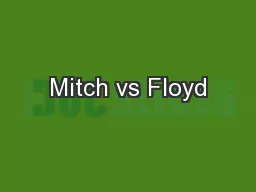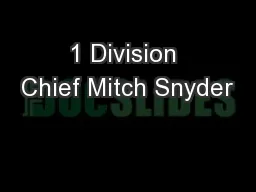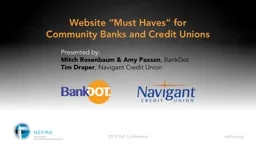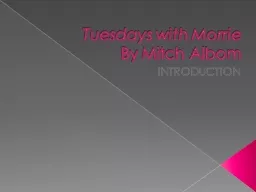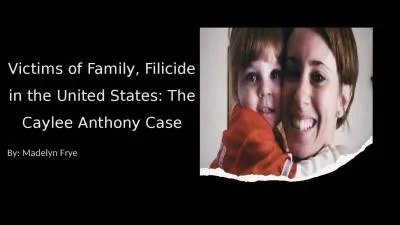PDF-with Mitch Resnick
Author : conchita-marotz | Published Date : 2016-07-28
their colleagues A key component of this work was the development of a curriculum guide httptinyurlcomscratchteacherguide designed to be subjectarea and gradelevel
Presentation Embed Code
Download Presentation
Download Presentation The PPT/PDF document "with Mitch Resnick" is the property of its rightful owner. Permission is granted to download and print the materials on this website for personal, non-commercial use only, and to display it on your personal computer provided you do not modify the materials and that you retain all copyright notices contained in the materials. By downloading content from our website, you accept the terms of this agreement.
with Mitch Resnick: Transcript
Download Rules Of Document
"with Mitch Resnick"The content belongs to its owner. You may download and print it for personal use, without modification, and keep all copyright notices. By downloading, you agree to these terms.
Related Documents

